Veteran Radio Industry Executive Steve Lapa Passes
BREAKING NEWS: Details at press time are still sketchy but TALKERS has learned that longtime radio industry executive Steve Lapa passed away this morning (6/28) at the age of 72. Cause of death is not available at press time. Lapa was the CEO and founder of South Florida-based media marketing firm, Lapcom Communications. He was a widely read TALKERS columnist whose weekly “Pending Business” commentary was a source of information and inspiration to radio sellers across the nation and one of the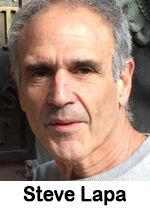 trade publication’s most popular features. He also recently appeared as the moderator of the “Generating News/Talk Revenue” panel at the recent TALKERS 2024: Radio and Beyond conference – a role he also played at the 2023 installment of the TALKERS conference. Lapa was highly active as an advisor to Newsmax Media for the past decade in the development of its multimedia operations including Newsmax Radio. Starting on-air, then working through the ranks of programming, production and sales, Steve Lapa, at age 25, became the youngest general manager in the US of a group owned top 30 DMA radio station WGRQ, Buffalo. Continually assigned to lead turnaround properties, Steve focused on delivering revenue and audience growth through the insightful opportunities blending on-air talent creating unique programming with high-profile event partnerships. He quickly became a category innovator. Steve’s first-mover concept, developed in the early era of superstar stadium concerts, proved highly profitable across program channels, talents, and venues at all levels. Steve held upper-level management positions at 28 radio and TV stations for public and privately held companies from South Florida to San Francisco. One of his most recent positions was as VP/GM of talker WFTL, Fort Lauderdale/Miami. After successfully managing and innovating for others, Steve and financial partner Myer Feldman co-founded Ardman Broadcasting of Florida and Cape Cod, to acquire underdeveloped broadcast assets, which were developed then divested at 200-400% returns. Steve went on as founder of his own Lapcom Communications generating the same results at his wholly owned stations. Lapcom Communications was the parent company for Lapa’s current business activities until his death today. More information including arrangements will be posted when available.
trade publication’s most popular features. He also recently appeared as the moderator of the “Generating News/Talk Revenue” panel at the recent TALKERS 2024: Radio and Beyond conference – a role he also played at the 2023 installment of the TALKERS conference. Lapa was highly active as an advisor to Newsmax Media for the past decade in the development of its multimedia operations including Newsmax Radio. Starting on-air, then working through the ranks of programming, production and sales, Steve Lapa, at age 25, became the youngest general manager in the US of a group owned top 30 DMA radio station WGRQ, Buffalo. Continually assigned to lead turnaround properties, Steve focused on delivering revenue and audience growth through the insightful opportunities blending on-air talent creating unique programming with high-profile event partnerships. He quickly became a category innovator. Steve’s first-mover concept, developed in the early era of superstar stadium concerts, proved highly profitable across program channels, talents, and venues at all levels. Steve held upper-level management positions at 28 radio and TV stations for public and privately held companies from South Florida to San Francisco. One of his most recent positions was as VP/GM of talker WFTL, Fort Lauderdale/Miami. After successfully managing and innovating for others, Steve and financial partner Myer Feldman co-founded Ardman Broadcasting of Florida and Cape Cod, to acquire underdeveloped broadcast assets, which were developed then divested at 200-400% returns. Steve went on as founder of his own Lapcom Communications generating the same results at his wholly owned stations. Lapcom Communications was the parent company for Lapa’s current business activities until his death today. More information including arrangements will be posted when available.



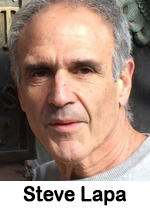 When market leaders drop rates, what comes next?
When market leaders drop rates, what comes next?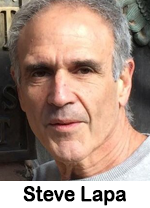 In case you missed it, honesty was on full display at Friday’s TALKERS 2024: Radio and Beyond conference.
In case you missed it, honesty was on full display at Friday’s TALKERS 2024: Radio and Beyond conference.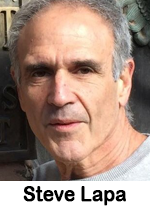 Almost everything I know about pricing strategy I learned from domestic airlines. Guess what? Airlines are at it again and I hope you are watching and learning.
Almost everything I know about pricing strategy I learned from domestic airlines. Guess what? Airlines are at it again and I hope you are watching and learning. What happened to us? Unless we move quickly, the radio business stands to lose the final frontier: in-car listening.
What happened to us? Unless we move quickly, the radio business stands to lose the final frontier: in-car listening. There is something about 40.
There is something about 40. Time to thank the lawyers in the Donald Trump trial for once again proving beyond any doubt the power of talk radio.
Time to thank the lawyers in the Donald Trump trial for once again proving beyond any doubt the power of talk radio. The work-life balance concept is up for a new spin. Let us start in California.
The work-life balance concept is up for a new spin. Let us start in California. The thing about outstanding performance is there is one key trait in the performer we can all agree on. It was on full display in front of millions during the past two weeks. It shows up every time an athlete takes the game to new levels, or an artist moves us out of our seats and collective comfort zone.
The thing about outstanding performance is there is one key trait in the performer we can all agree on. It was on full display in front of millions during the past two weeks. It shows up every time an athlete takes the game to new levels, or an artist moves us out of our seats and collective comfort zone. Will video save the radio star? I hope so.
Will video save the radio star? I hope so. March is half over, and the Madness is just beginning.
March is half over, and the Madness is just beginning. Think about the concept for just a minute. Manhattan Island for $24? Peter Minuit knew value.
Think about the concept for just a minute. Manhattan Island for $24? Peter Minuit knew value. Are you a sales curmudgeon? You know, that old-school, out-of-touch terrestrial radio ad sales rep who is too lazy to learn the new digital/social media sales world?
Are you a sales curmudgeon? You know, that old-school, out-of-touch terrestrial radio ad sales rep who is too lazy to learn the new digital/social media sales world? Have we passed the disappointment of 2023?
Have we passed the disappointment of 2023? Super Bowl LVIII could have been the best ever.
Super Bowl LVIII could have been the best ever. One person can make a difference.
One person can make a difference.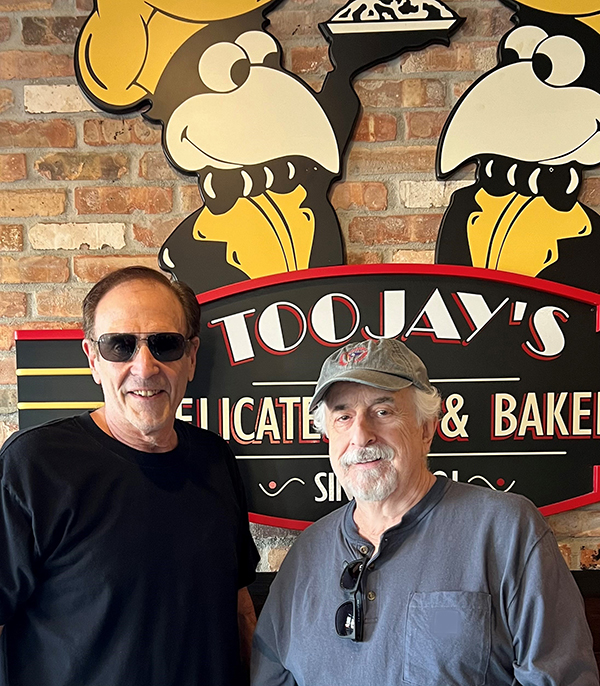
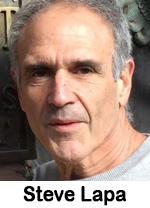 I’m no expert, but I do have a theory.
I’m no expert, but I do have a theory. Let’s talk streaming because I don’t get what is happening. Maybe you do.
Let’s talk streaming because I don’t get what is happening. Maybe you do. Let’s take a minute to welcome back an old reliable that has been part of our sales and marketing world since Adam pitched Eve and got the first “yes” on the original cold call. No telling how cold that call really was.
Let’s take a minute to welcome back an old reliable that has been part of our sales and marketing world since Adam pitched Eve and got the first “yes” on the original cold call. No telling how cold that call really was. This column should really be called, “How I got transferred from Buffalo to Tampa.” The storyline will help explain the title and offer you a proven technique that should help you sell and earn more.
This column should really be called, “How I got transferred from Buffalo to Tampa.” The storyline will help explain the title and offer you a proven technique that should help you sell and earn more. What do your New Year’s resolutions look like?
What do your New Year’s resolutions look like? How many times will we research the same subject and come to the same conclusion?
How many times will we research the same subject and come to the same conclusion? It happens to everyone at least once.
It happens to everyone at least once. Have you tried the $7 cup of coffee at Starbucks?
Have you tried the $7 cup of coffee at Starbucks?